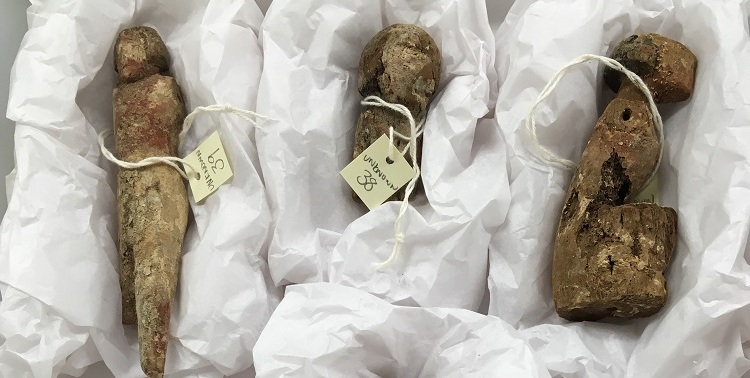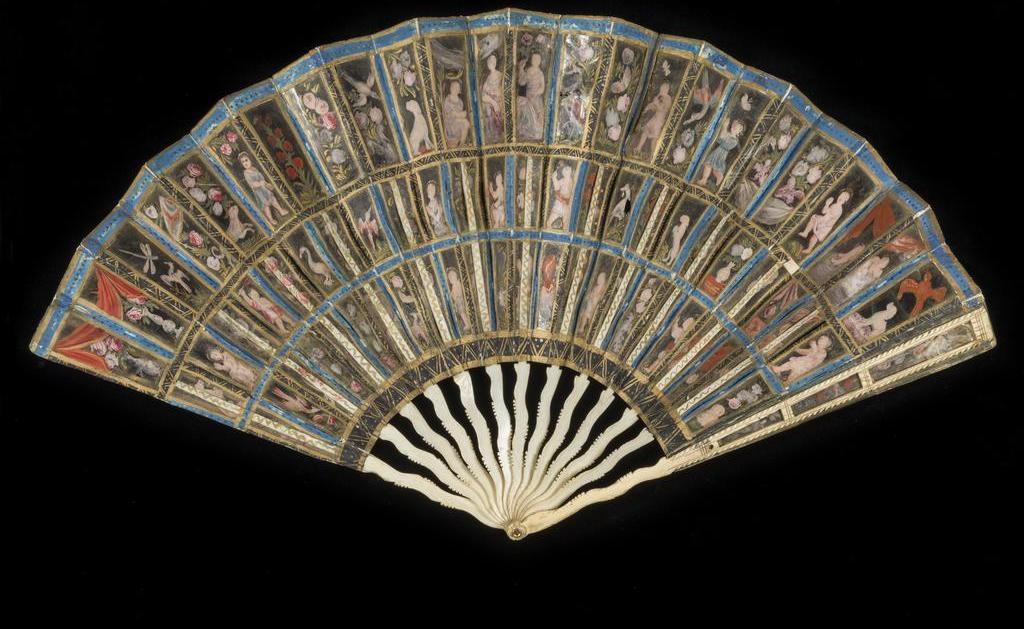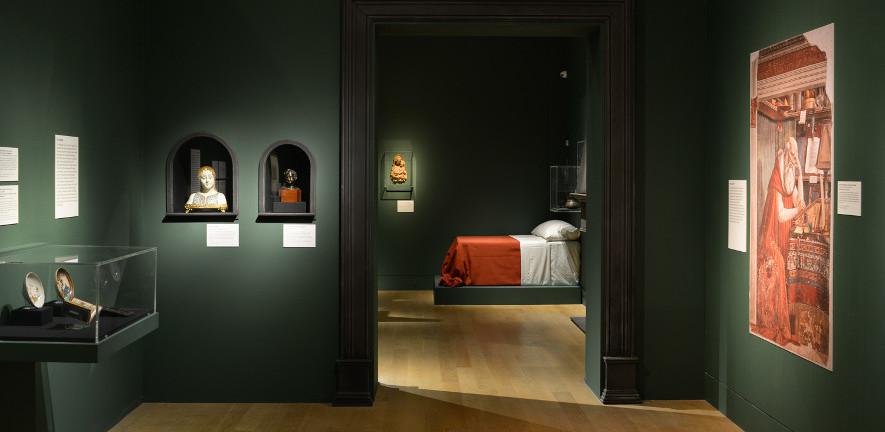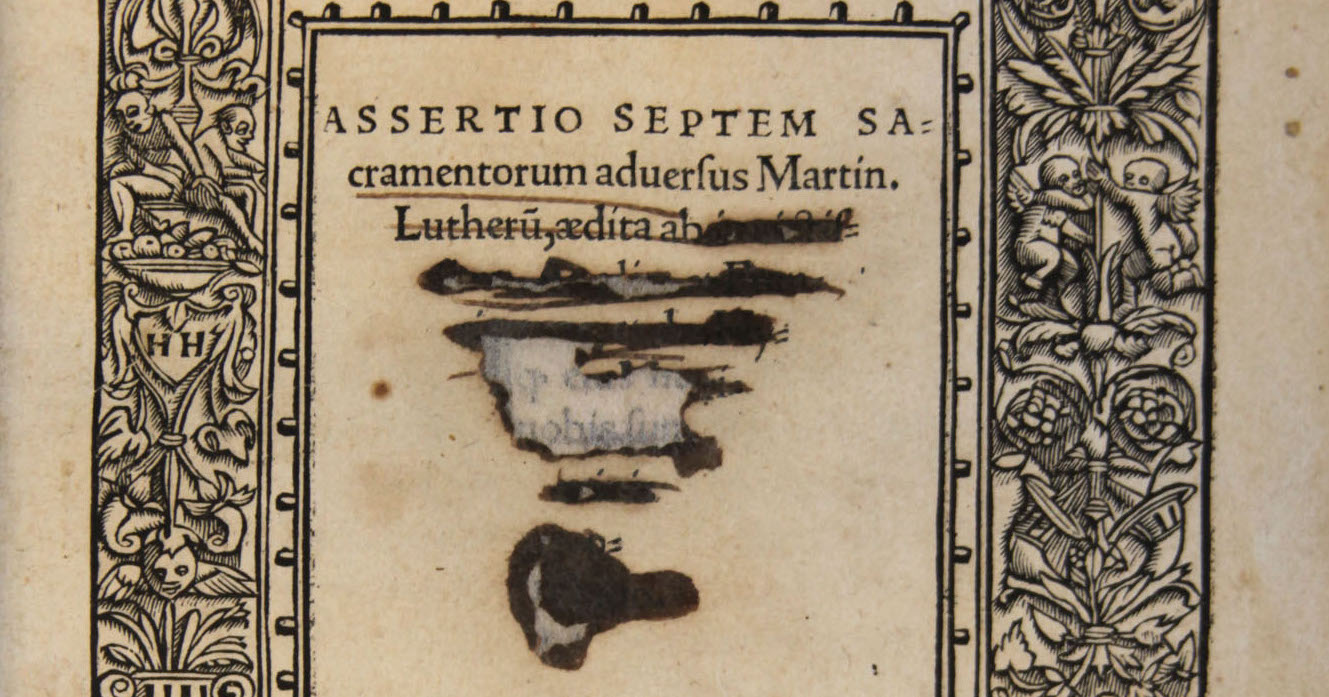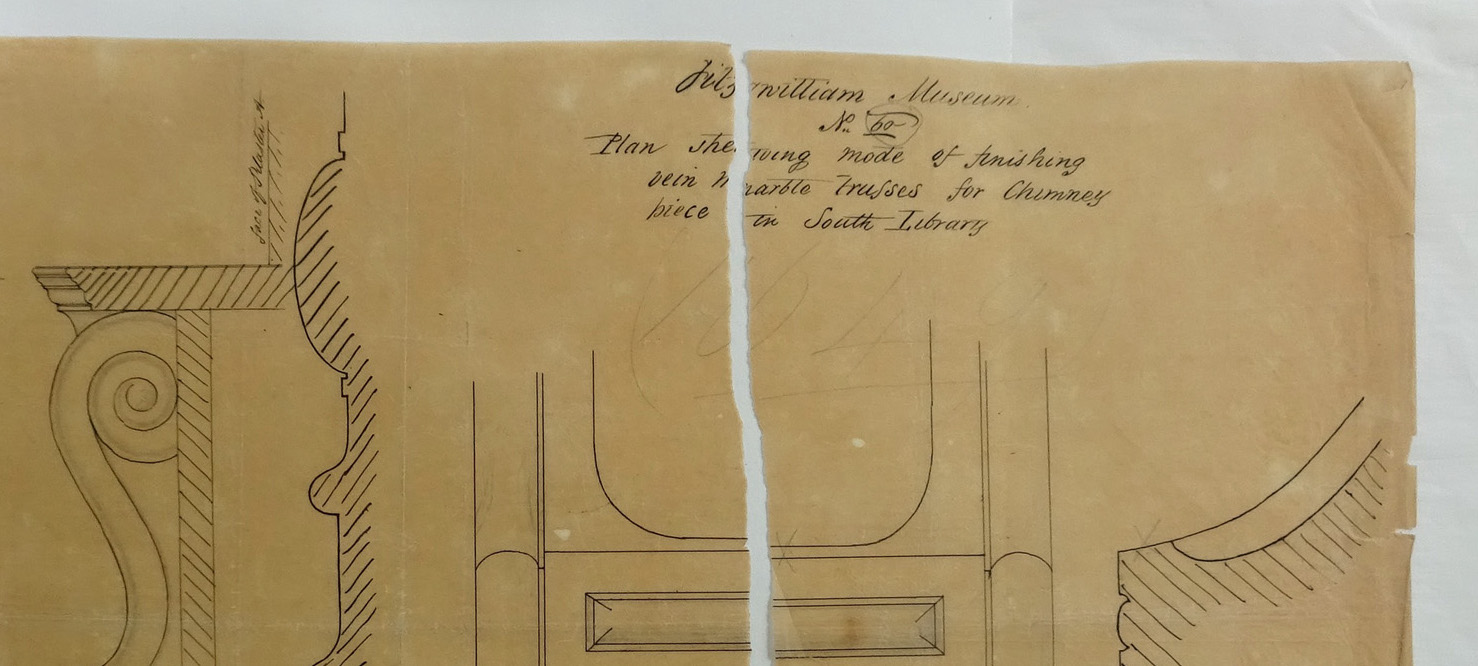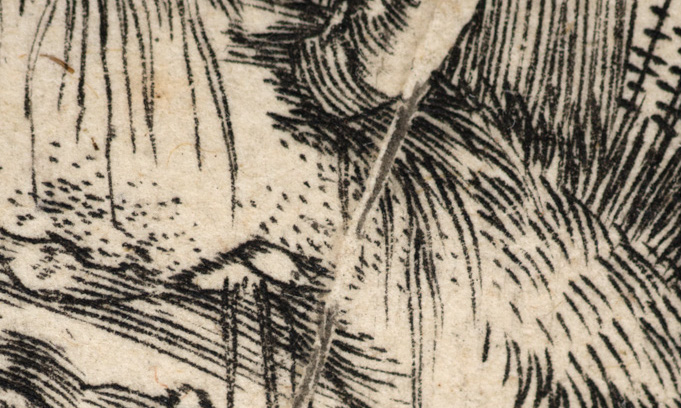Lantern Project in the Founder’s Entrance (Part 2)
Helena Rodwell
July 27, 2017
Museum Stories
Tags: building, founder's entrance

Protection during installation of scaffolding
The installation of scaffolding took several weeks. During this time, there was a great awareness of the potential risk to the historic interiors and the collections in surrounding galleries. There were several methods of protection in place, to minimise risk from physical damage (e.g. knocks, scratches), as well as dust.

Foam and plywood were used to protect the historic mosaic floor. Sculptures which could not be moved were boxed in.

Nearby objects were protected from potential knocking and additional dust fall.

During the scaffold construction, the balustrade, bannisters and floor were boarded. Boards underneath scaffold legs ensured the additional load to the floor was spread. The scaffolding was cleaned before coming into the building, and clean wood was used. There was an increased risk of dust ingress as the front door would have to be left open while materials were moved into the building, so additional dust protection was in place; plastic sheeting proved invaluable to minimise dust movement to surrounding galleries.
Up close

Now the scaffolding is up, survey work has begun and it provides a rare opportunity to get up close and personal with the lantern interior. Not only do we need to establish the extent of any deterioration or damage to the building and its decorative interiors, but also if we can understand the causes.
For example, staining in the dust below the side windows indicates that there has been condensation or water ingress. Closer inspection of the internal timber reveals that there is a condensation tray at the base of the lantern side windows. This design originally allows for collected condensation to flow through an outlet pipe to the outside. It may be that the pipes have been blocked by insects, causing the tray to overflow. To stop this happening in the future, we need to confirm the cause and either make modifications to the design or ensure changes to the maintenance of the current pipework.


We are still at the early stages of the project, and so survey of the plasterwork and internal decoration are ongoing.
We shall keep you updated as the project progresses – watch this space!

